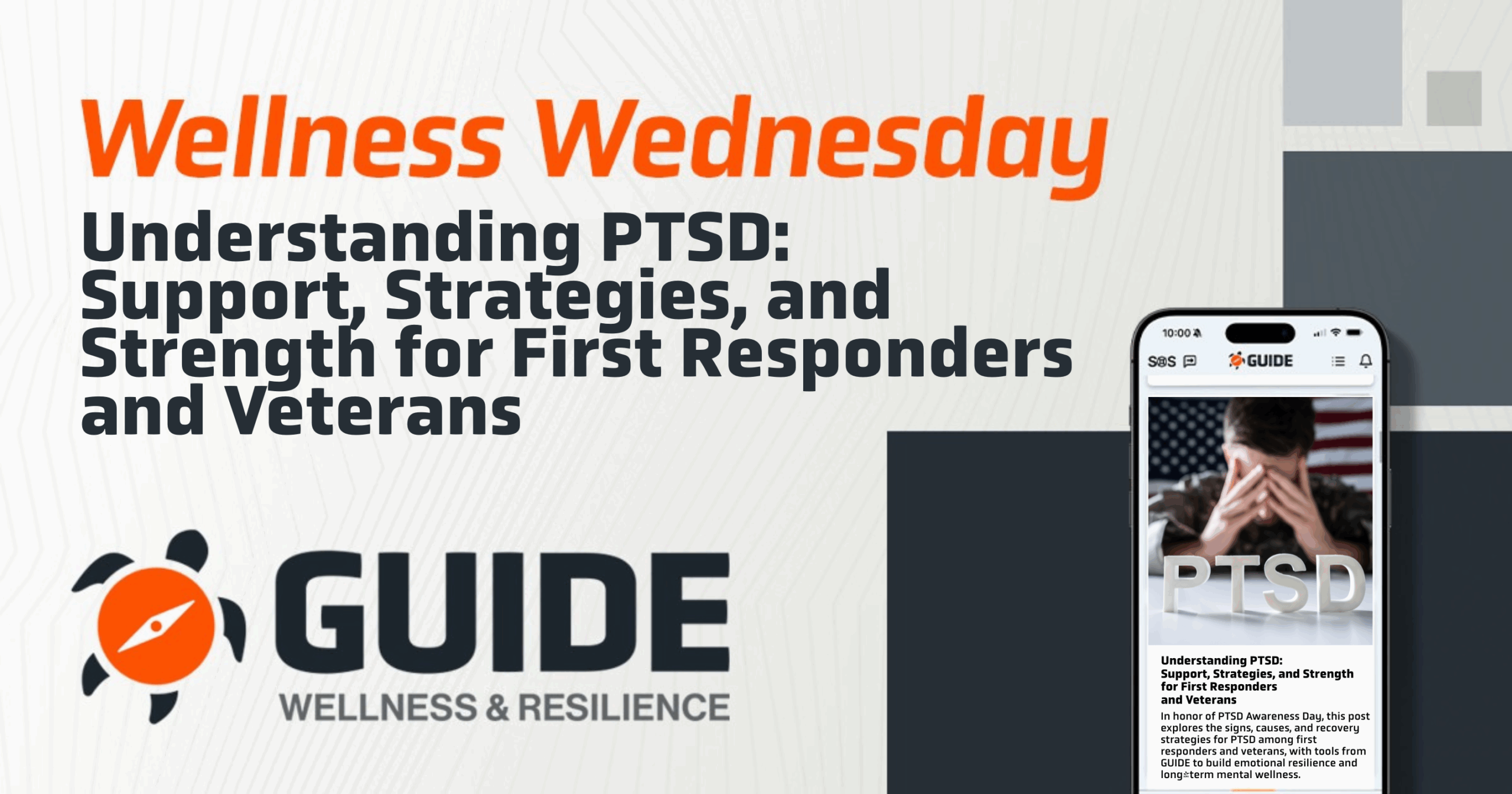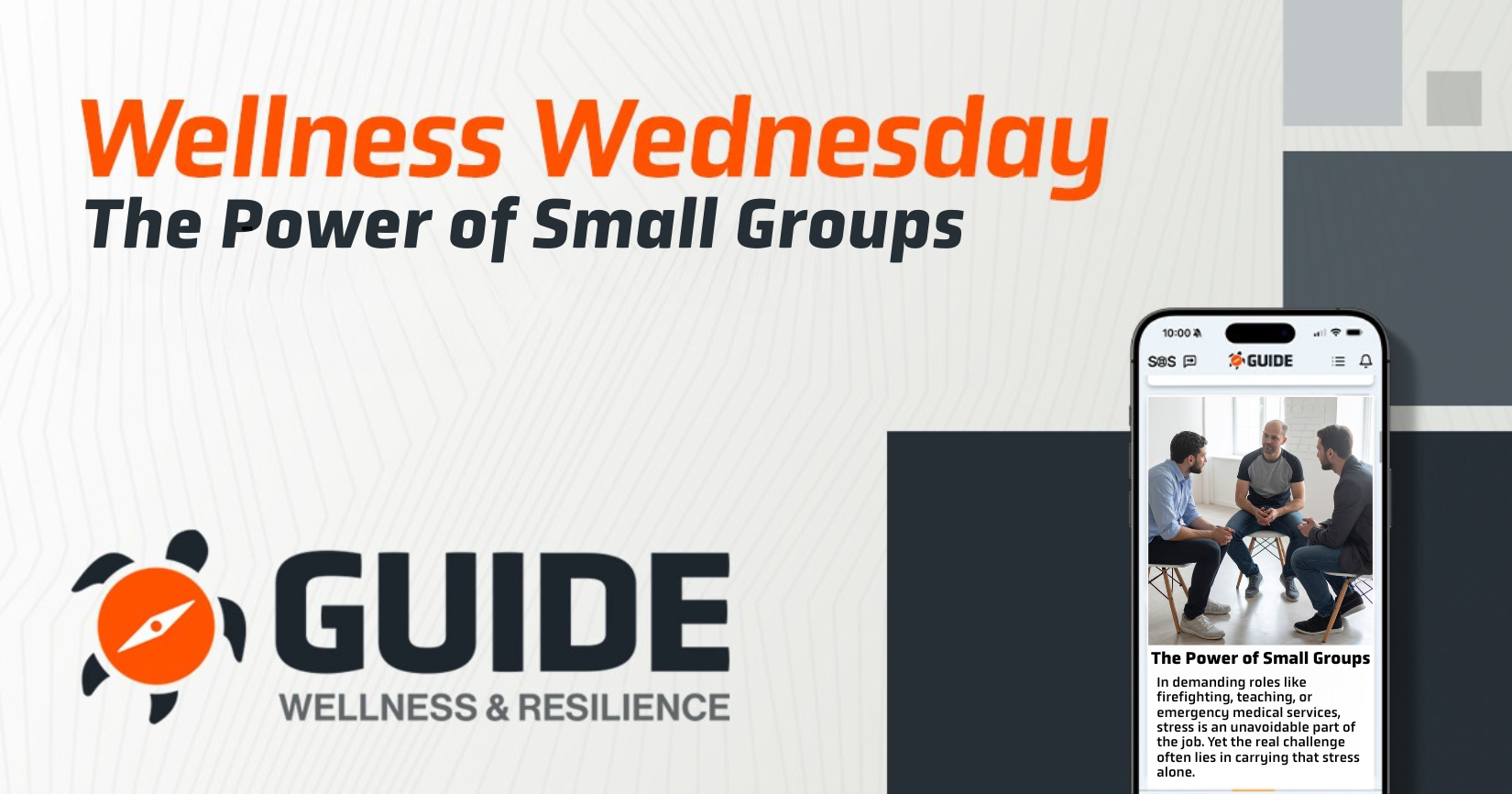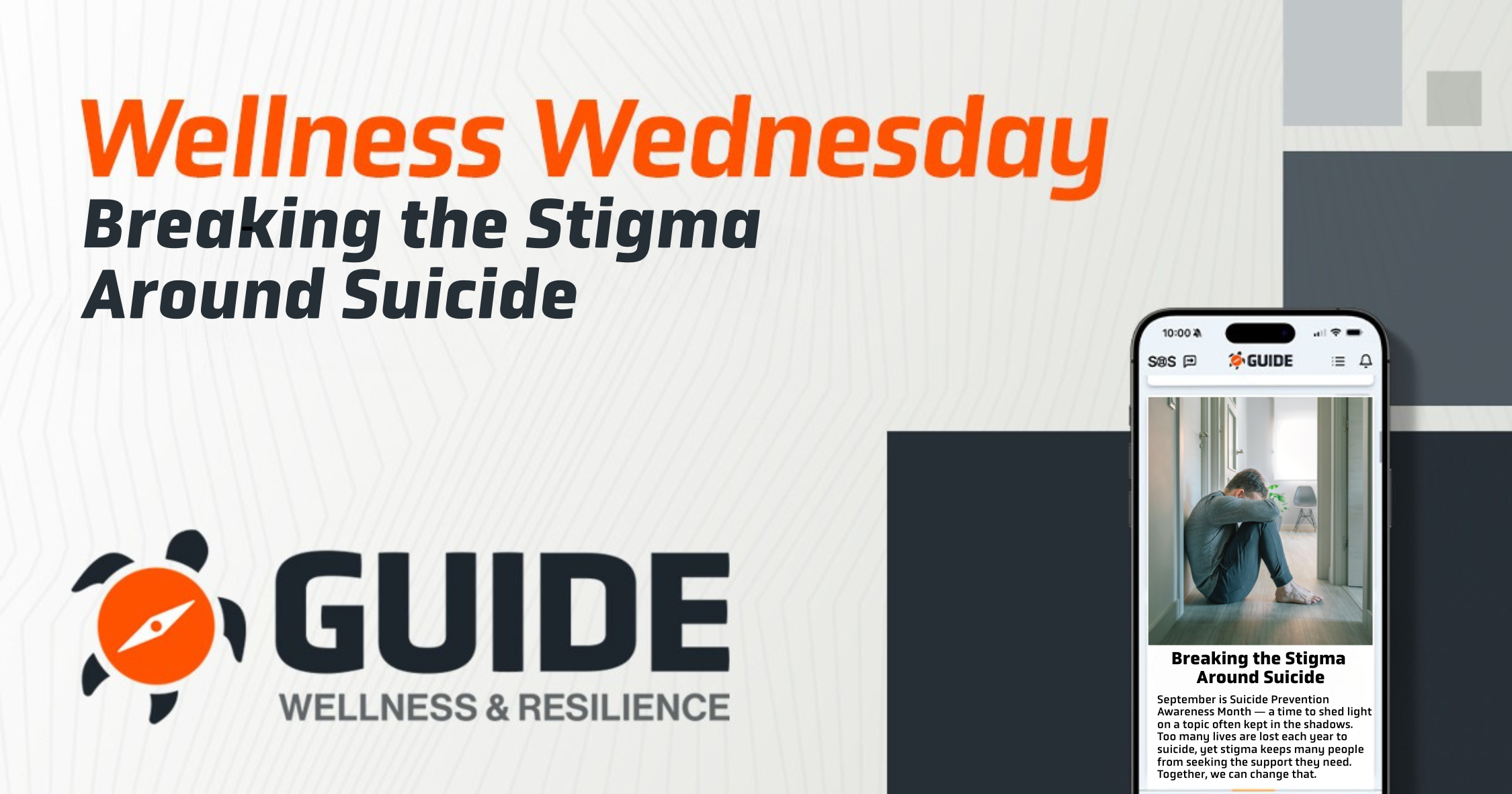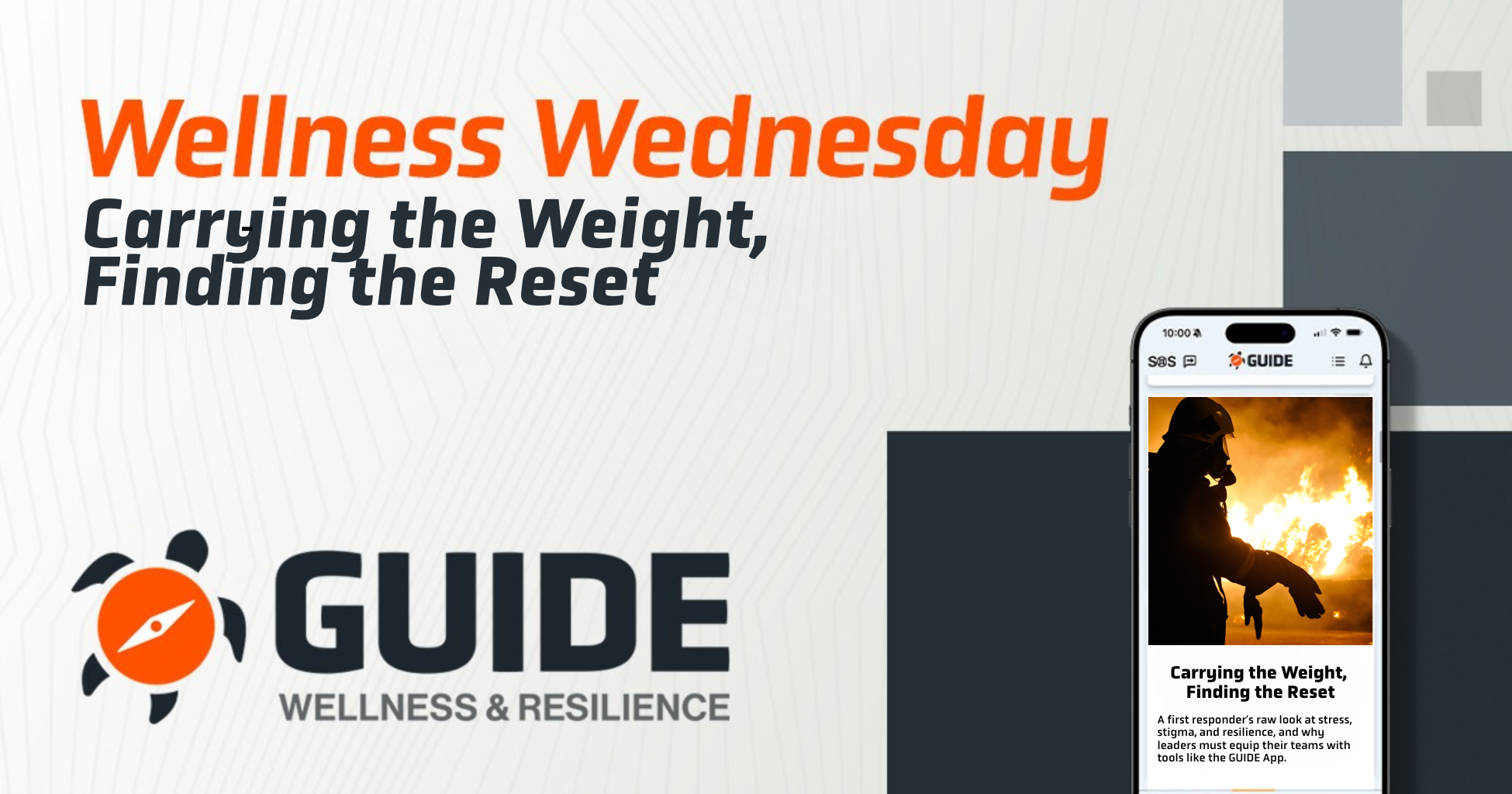What is PTSD and Why It Matters
Post-Traumatic Stress Disorder (PTSD) is a mental health condition triggered by experiencing or witnessing a traumatic event. It’s common among first responders and veterans due to the high-stress, high-risk nature of the work. From critical incidents and combat to repeated exposure to human suffering, trauma in these communities builds up, and if unaddressed, it can erode quality of life, relationships, and job performance.
Understanding PTSD isn’t about labeling. It’s about recognizing patterns, breaking stigma, and making space for recovery.
The Unique Toll on First Responders and Veterans
PTSD doesn’t show up the same way for everyone. For first responders, trauma is often cumulative — hundreds of calls that never get processed. For veterans, it might be combat exposure, loss, or moral injury. Both professions are mission-focused and trained to push through. That’s what makes recognizing and treating PTSD more complex in these populations.
Shift work. Interrupted sleep. Minimal decompression time. It’s a setup that makes recovery difficult, even when someone wants to get help.
Common Symptoms: What to Watch For
PTSD symptoms fall into four broad categories:
- Intrusive thoughts: nightmares, flashbacks, distressing memories
- Avoidance: staying away from reminders or numbing emotions
- Negative mood changes: shame, guilt, anger, isolation
- Hyperarousal: difficulty sleeping, being on edge, overreacting to stimuli
But symptoms don’t always announce themselves. Sometimes PTSD looks like irritability, substance use, withdrawal from friends or family, or a short fuse at work. That’s why self-awareness — or peer check-ins — are so important.
Misconceptions and Stigma
Let’s be clear: PTSD is not a sign of weakness. It’s a neurological and emotional response to high-impact stress. Saying “it’s part of the job” isn’t treatment. And waiting until things blow up at home or on duty doesn’t serve anyone — least of all you.
You can be strong, capable, and respected — and still benefit from support.
Post-Traumatic Growth: A New Way to View Recovery
Here’s what most people don’t talk about: trauma can be the doorway to growth.
Post-traumatic growth refers to the strength, resilience, and clarity that can emerge after experiencing deep stress. You don’t have to return to “who you were before.” You can build something better, grounded in who you are now.
That’s what GUIDE supports: strength that evolves from experience, not in spite of it.
Field-Ready Coping Strategies
You don’t need a therapist’s office to start coping with PTSD. Here are a few tactical tools:
- Box breathing: inhale for 4, hold 4, exhale 4, hold 4, repeat
- Grounding exercises: 5 things you see, 4 you feel, 3 you hear, 2 you smell, 1 you taste
- Body scans: start at your head, work down, release tension where you find it
- Guided reflections: ask yourself daily, what worked, what didn’t, what do I need now?
These aren’t replacements for therapy. But they’re tools that get you through the shift, through the night, and through the fog.
Peer Support and the Role of GUIDE
It helps to talk to someone who gets it.
GUIDE connects you with peers who’ve walked similar paths, anonymously and judgment-free. Sometimes just knowing you’re not alone is enough to breathe differently, sleep better, or make that next step.
You’re not broken. You’re human. And there’s a system here that’s got your back.
Crisis Resources, and Long-Term Support
With GUIDE, you’re never left figuring it out alone. Remember that you have access to:
- Micro-learning that takes 2–5 minutes
- Peer messaging for connection without pressure
- An SOS feature for those harder moments
If long-term care is part of your path, therapy, medication, EMDR, rehab, we support that too. The app is your companion, not your finish line.
Your Role as a Leader or Peer
You don’t need a title to lead. Just look out for your crew. Check in. Share what’s helped you. Normalize talking about mental health.
Leadership looks like saying, “I’ve used GUIDE, and it helped.” It looks like caring enough to listen without fixing. That’s how you shift culture, one honest moment at a time.
PTSD is real. But so is healing. So is resilience. So is peace.
This PTSD Awareness Day, give yourself permission to reach for tools that serve you, not because you’re weak, but because you’re worth protecting.




